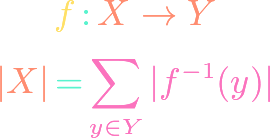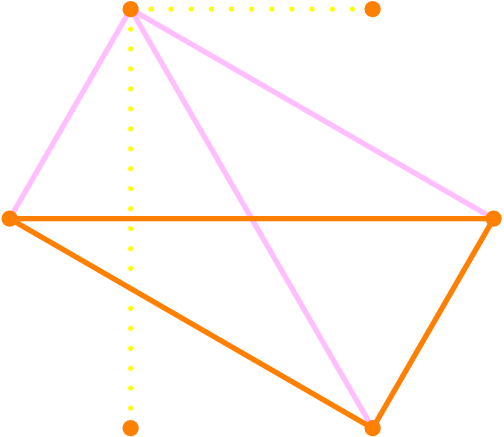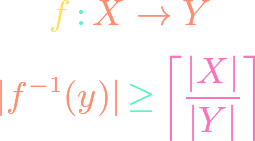Multinomial Coefficients
https://www.youtube.com/watch?v=3aacb7OVb44 One interpretation of multinomial coefficients is that we have a collection of subcollections of items, where items within the same subcollection are indistinguishable but items in different subcollections are distinguishable. The goal is to find the number of ways of permuting the overarching collection. We derive this formula using the formula for combinations and […]
Multinomial Coefficients Read More »









